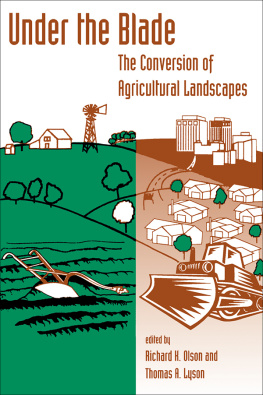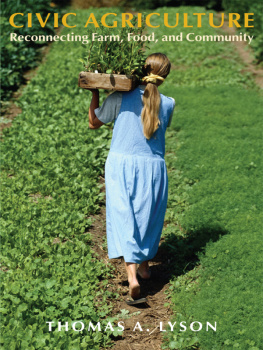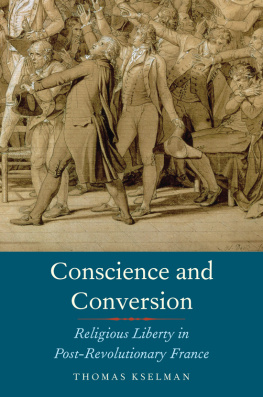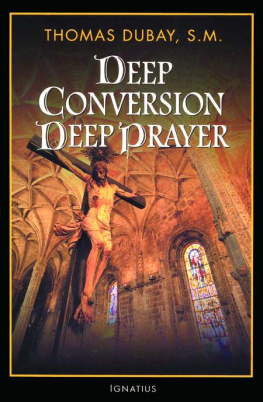First published 1999 by Westview Press
Published 2018 by Routledge
711 Third Avenue, New York, NY 10017, USA
2 Park Square, Milton Park, Abingdon, Oxon OX14 4RN
Routledge is an imprint of the Taylor & Francis Group, an informa business
Copyright 1999 Taylor & Francis
All rights reserved. No part of this book may be reprinted or reproduced or utilised in any form or by any electronic, mechanical, or other means, now known or hereafter invented, including photocopying and recording, or in any information storage or retrieval system, without permission in writing from the publishers.
Notice:
Product or corporate names may be trademarks or registered trademarks, and are used only for identification and explanation without intent to infringe.
Library of Congress Cataloging-in-Publication Data
Under the blade: the conversion of agricultural landscapes / edited
by Richard K. Olson and Thomas A. Lyson.
p. cm.
Includes bibliographical references and index.
ISBN 0-8133-3596-5 (hc). ISBN 0-8133-3597-3 (pb)
1. Land use, RuralUnited States. 2. FarmsUnited States.
3. Agricultural conservationUnited States. I. Olson, Richard K.
II. Lyson, Thomas A.
HD256.U53 1998
333.760973dc21
98-42069
CIP
ISBN 13: 978-0-8133-3597-1 (pbk)
Figures
Spatial and disciplinary hierarchy of land use decisions and effects
Nighttime lights of the United States
Regions most threatened by development
Thats Jake
Shape and distribution of forest patches in two agricultural landscapes
Thnens concept of concentric land use
An iterative process for landscape planning
An illustration of contrasting development approaches
Payoff matrix for farmland preservation policies
Percent of farmland rented, by state
A light-hearted view of our predicament
Housing densities in the Washington, D.C. region
Antelope Commons model Subdivision of ranchland in the East River Valley, Colorado
Land prices within the Oxnard Plain, California
Tables
1992 land use statistics for the contiguous United States
Farms, farmland, and cropland, 1982-1992
Land converted to development in the United States, 1982-1992
Relative proportions of soil productivity classes under urban use
Per capita land availability in the contiguous United States
Functions of agricultural landscapes
Typical water budgets corresponding to differences in impervious surfaces
Farmland preserved by major land trusts
Examples of county agricultural zones using minimum lot sizes
Purchase of agricultural conservation easements by state PACE programs
Status of selected local PACE programs
Examples of local governments with TDR programs
Structural changes in U.S. agriculture
Size distribution of farms
Agricultural production under contracts and integrated ownership
Agricultural imports to the United States
Growth of local agriculture initiatives in New York State
An evaluation of the success of Oregons land use program
Conversion of Washington, D.C. metropolitan area land to suburban/urban uses
Agriculture in Waukesha County
Farm and farm operator characteristics, western Washington
Changes in farmland area and tenure, western Washington
Amounts of farmland and methods of protection, by county, western Washington
Relative restrictiveness of planning policies, Oxnard Plain, California
Boxes
Definitions of land use categories
Region faces huge challenge with outerbelts arrival
Truck-buggy crash kills three
Walking the ghost farm
Landscape planning in Monroe County, PA
Zoning
Nuisance
Conservation easements
Agricultural districts
Differential assessment
U.S. Supreme Court takings decisions
Competition for land
Ecosystems provide valuable services
The cost of growth
Mr. Green Genes?
Contracts in U.S. agriculture
Goldschmidt and farmland
Small hog farms aid economy
The community food projects program
Farm winery legislation in New York State
Resurgence of the small
Structural and policy changes to support small-scale farmers
Canticle of Brother Sun, Sister Moon
Adam Smith on the invisible hand
The church in the city
Community gardens in New York City
Urban gardens in Havana
Effective clustering
Hey, Lake Okeechobee: The suburbs are coming
Control new crowding
Appendices
U.S. cropland, prime farmland, and farm marketings, by state
Primary sources of data on farmland conversion
Per capita developed land, by state
You have a hard row to hoe, someone remarked about my work to preserve family farming and farmland. Under the Blade: The Conversion of Agricultural Landscapes makes my task much easier.
But I am getting ahead of my story. I grew up on an Illinois farm and have a deep affection for farm people and farmland. Even though I no longer live on the farm, I am a country girl at heart. Living with my husband and daughters in the Virginia suburbs of Washington, D.C., it always seemed right to have farm-land near.
But more than 10 years ago, our areas rapid growth reached a point where the changes became unwelcome. The inconveniently heavy traffic made commuting to work and doing small errands a major, time-consuming effort. The wonderful, abundant farmland near us disappeared, almost all at once it seemed. In its place were houses everywhere.
My husband and I decided it was time to move to a less crowded area. We chose rural West Virginia, an hour and a half from our former location. Our newly purchased property in a 20- year-old development did not cause farmland loss. Being next door to a farm was a real plus. We welcomed the unusual neighborliness, the simple life, the light traffic, and all the other good things of a small town.
Several years later while out driving and admiring the beautiful West Virginia countryside, I was shocked to see a For Sale sign advertising a farm property for development for 400 houses. What we had left was following us. Farm For Sale signs and new housing developments began to pop up more frequently. Wild, Wonderful West Virginia, at least in our area, was vanishing.
I have learned, as Under the Blade amply demonstrates, that this is happening across the United States. Yet surprisingly few people are aware of this or seem to care. They rarely think about how much farmland is lost because of population growth, nor how hard it is for farmers to make a decent profit even though they raise the food we all need to survive. The media rarely address this subject, perhaps because good food is plentiful, and for the time being U.S. farmers help feed the world.
In the Virginia suburbs, I had bought into the conventional wisdom that farming cannot survive in developing areas. But it was different this time. There was evidence that it had elsewhere, given the right kind of help. Because family farming is a way of life that deserves to continue, I made the decision to work to save farming and farmland.
Getting information for my work was not easy. I got some good information from American Farmland Trust and their book,













